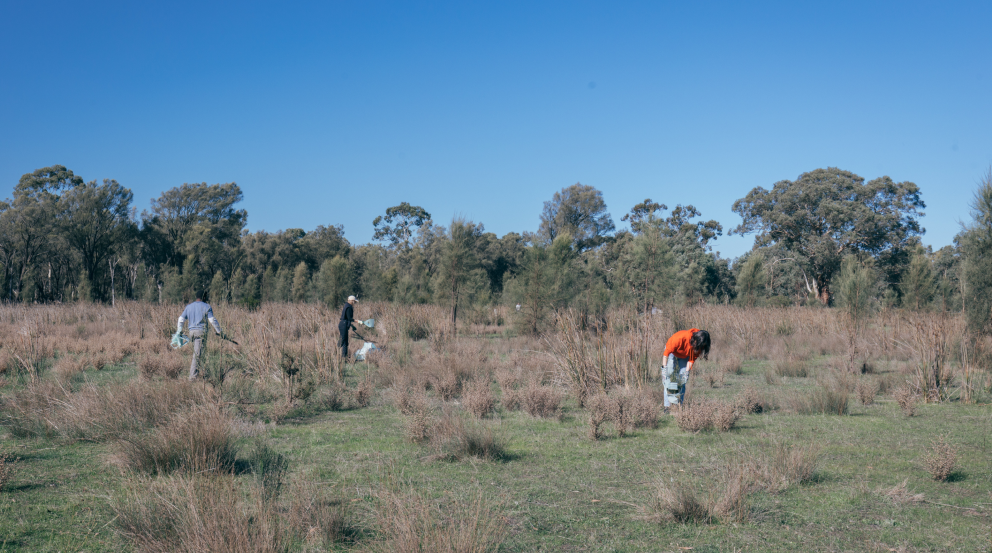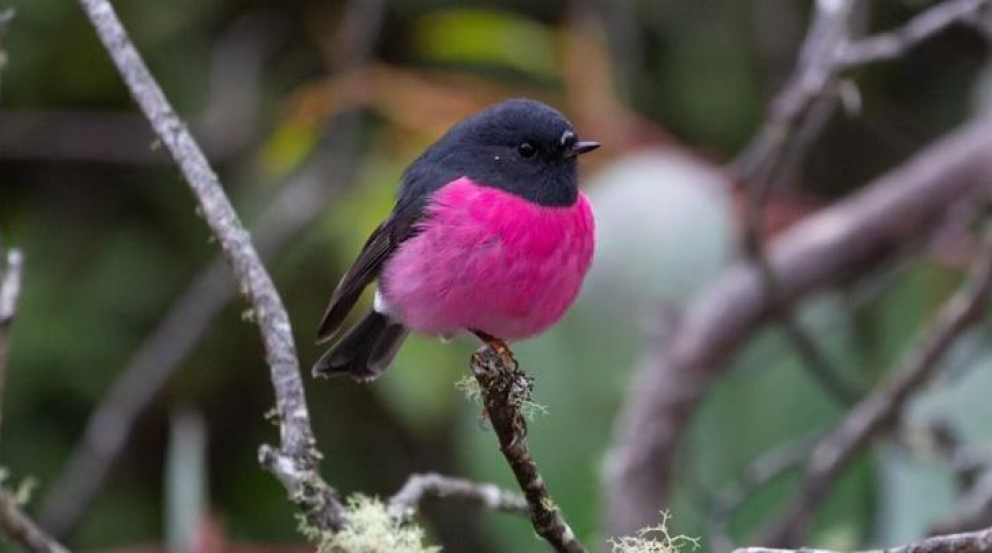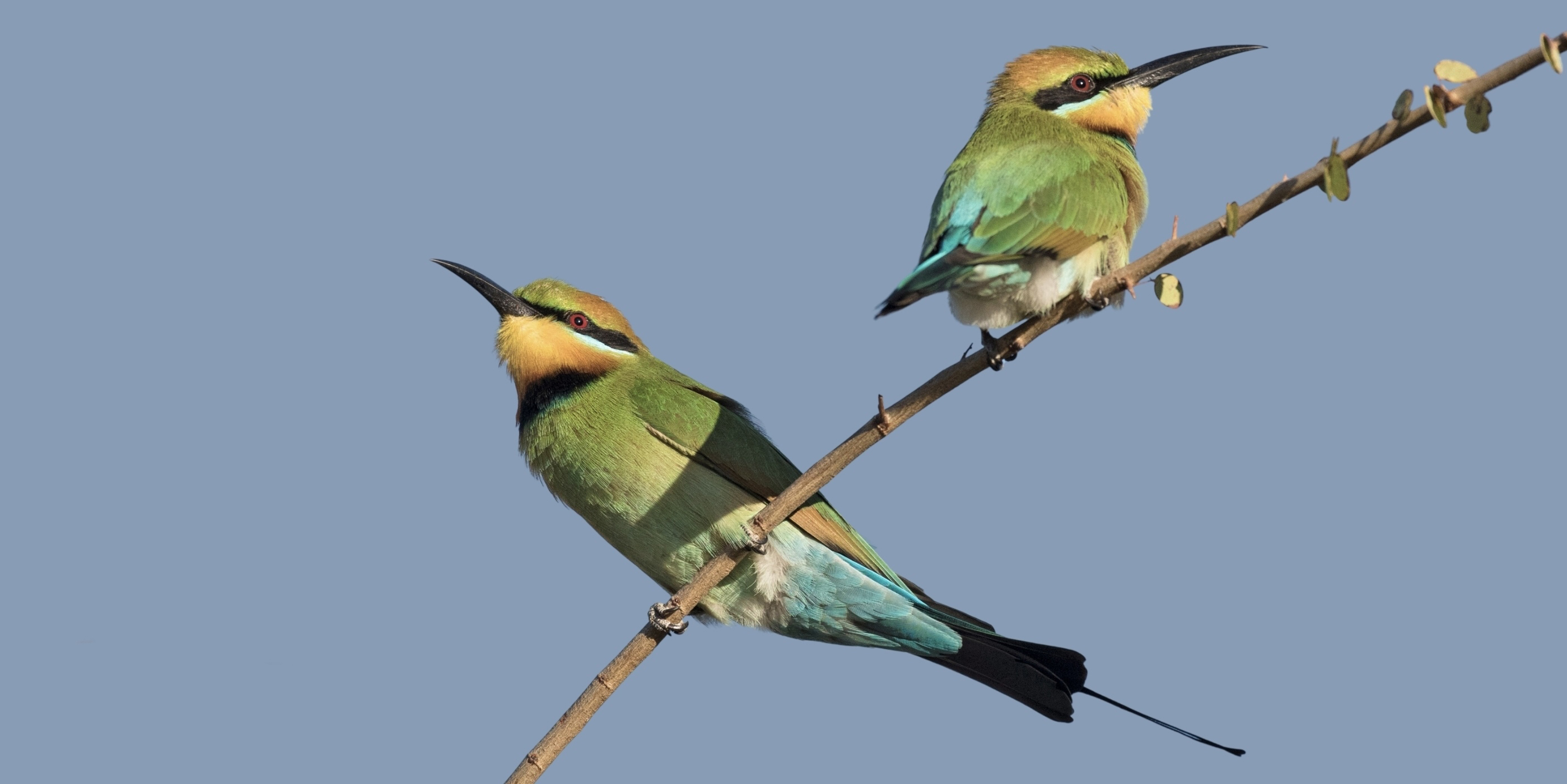How to grow Australian native plants in your backyard
Keen to plant more native shrubs, trees and flowers in your backyard? Great! Native plants will flourish in the Australian climate, because they know how to grow here, unlike some introduced species, which need a whole lot of love, time and attention.
But starting your native garden isn’t as simple as picking out a bunch of your favourite plants and sticking them in the dirt.
“Not everyone’s backyard is the same. Humidity, wind and sun are all different,” explains Paul Lehmann, nursery manager at the Dalki Garringa Native Nursery in Wail State Forest, just north of Horsham. Bank Australia gets our stringybarks for the conservation reserve from Paul, and he knows a thing or two about native plants.
Here’s what Paul recommends to anyone looking at exercising their green thumb.
Look at the plants around you
When you’re just starting out, Paul recommends asking questions – a lot of them.
“Everyone has to learn from someone,” he says. “Google’s a great start, but it’s also good to have someone you can talk to.”
Paul suggests starting with a visit to your local nursery. “Talk to the nursery hand or manager, look at what they’re offering, and get a feel for what they’ve got that you can grow in your space.”
But one of the best ways to get a feel for what will grow at your place is to look around. Whatever’s flourishing in your local park or conservation reserve will likely do well in your garden.
“Some things will only grow in some spaces, so you should aim to plant natives that are endemic to your area,” says Paul.
Do your research
Once you’ve worked out which direction the sun comes up on your patch of dirt and talked to your new friends at the nursery about what you can grow, it’s time to decide what you want to grow, and how. If you’re growing from seed, Paul advises finding out where that seed has come from.
“Seeds purchased from a local seed library are almost guaranteed to grow in your area,” he says.
It’s also important to note which plants are dangerous, as some Australian natives can cause allergic reactions, nausea and lethargy.
Understand how different treatments work
Not many Australian natives are bulletproof, and almost all of them will require a bit of extra love, such as pruning, scarification, or smoke water treatments.
“Smoke water is an application that replicates what happens in nature after a fire,” Paul explains. “When it rains straight after a fire, the water is contaminated with the cool ash and it goes does into the soil. Some species of eucalypt, acacia, and native grasses like kangaroo and wallaby grass really benefit from it.”
Smoke water applications are available from your local nursery.
Getting your hands dirty
While Paul declares all Australian natives to be his favourite (“It’s like choosing your favourite child!!”), one of the easiest plants to grow is murnong, because they do well just about anywhere.
“Pop the tuber into the ground or a pot, and it’ll do its thing and send up some nice long green leaves and a pretty little yam daisy flower,” he says. “After it dies back and turns into a puffball, collect the seeds and throw them around the garden, dig up the tuber, break it up, eat some of it eat, and plant the rest out.”
And if you want to attract the three Bs to your garden – bees, birds and butterflies – look at plants with the most prolific flowers, like callistemons and melaleucas.
“Once the gardening bug bites you,” Paul says, “there’s no going back!”
Read up on what’s happening at the Conservation Reserve now.



.png)




